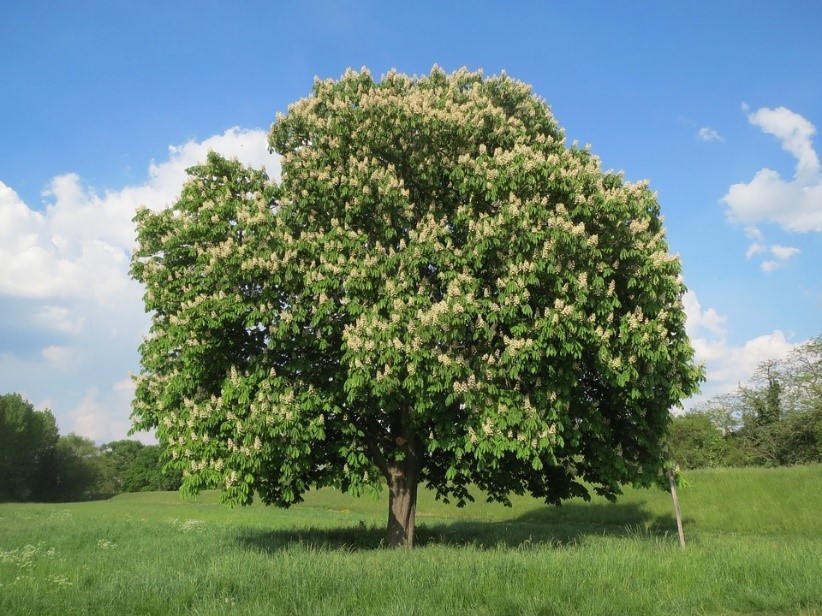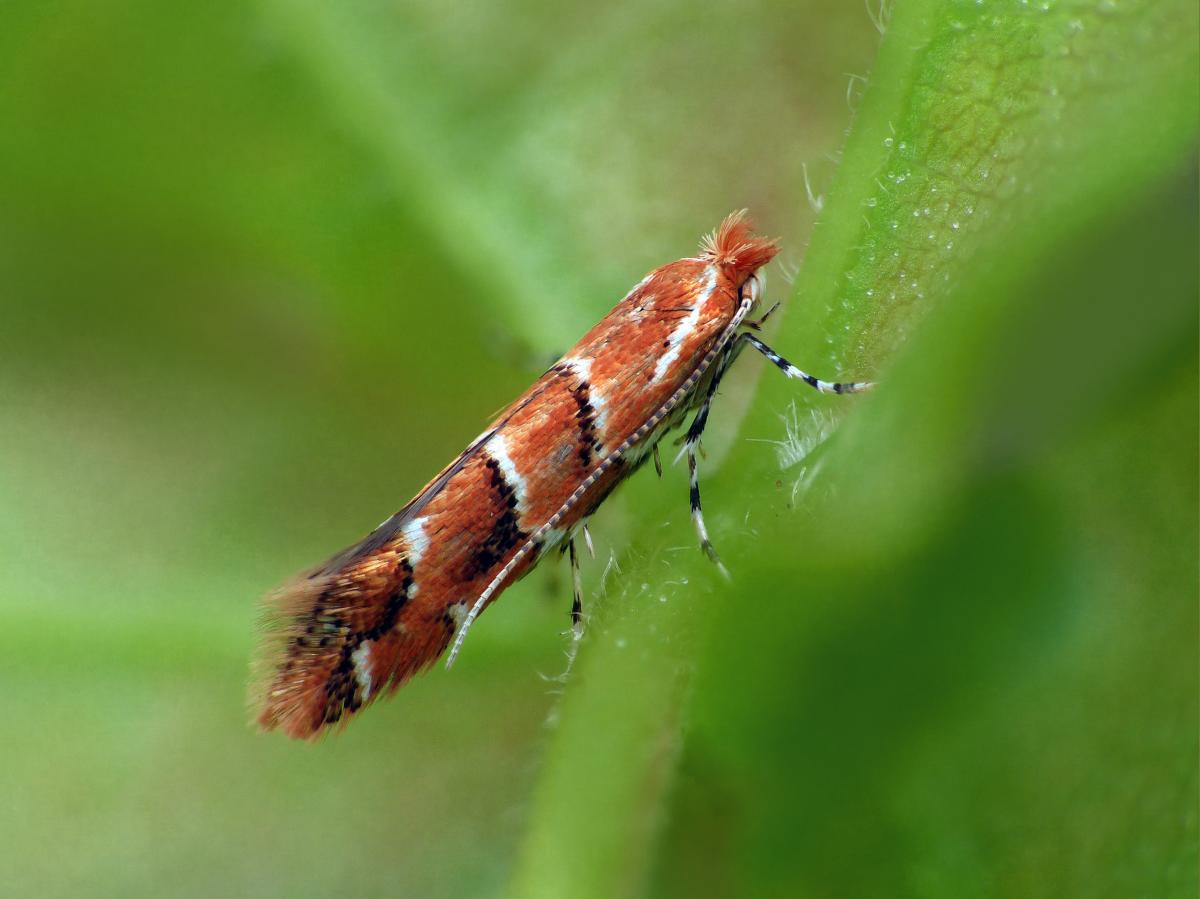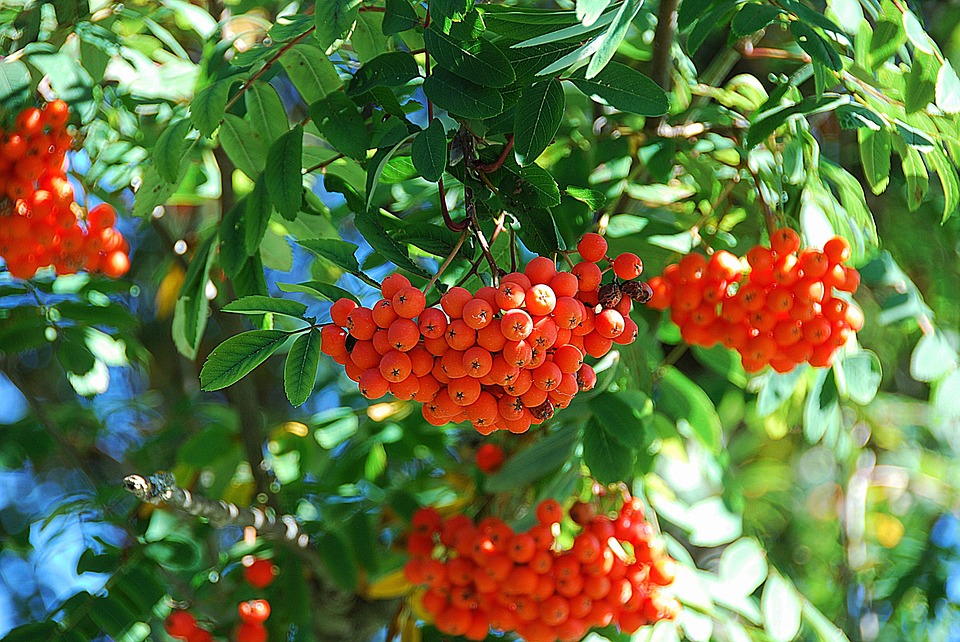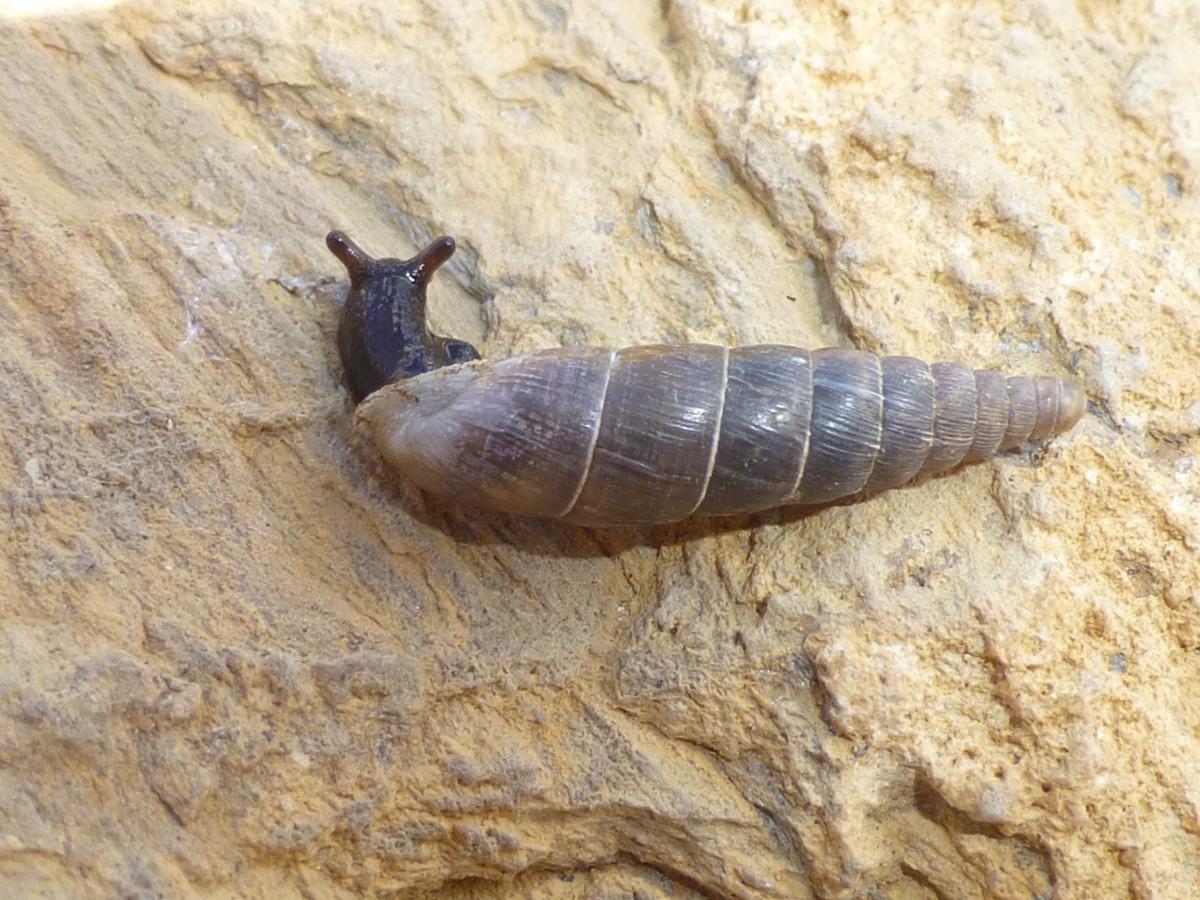Over half of Europe’s endemic trees face extinction
Gland, Switzerland, 27 September 2019 (IUCN) – Over half (58%) of Europe’s endemic trees are threatened with extinction, according to assessments of the state of the continent’s biodiversity published today by the International Union for Conservation of Nature (IUCN). The introduction of invasive species, unsustainable logging and urban development are key threats causing the decline of tree species such as the horse-chestnut across Europe.
The newly published European Red List of Trees evaluated the conservation status of all 454 tree species native to the continent, and found that two fifths (42%) are regionally threatened with extinction. Among Europe’s endemic trees – those that don’t exist anywhere else on earth – 58% were found to be threatened, and 15% (66 species) assessed as Critically Endangered, or one step away from going extinct. Invasive and problematic native species are the largest threat to European trees. These include pests and diseases but also invasive plants introduced by humans which compete with native tree saplings.
“It is alarming that over half of Europe’s endemic tree species are now threatened with extinction. Trees are essential for life on earth, and European trees in all their diversity are a source of food and shelter for countless animal species such as birds and squirrels, and play a key economic role. From the EU to regional assemblies and the conservation community, we all need to work together to ensure their survival,” said Craig Hilton-Taylor, Head of the IUCN Red List Unit. “Perhaps most importantly, measures for conserving these threatened species, and many other overlooked species highlighted in today’s European Red List assessments, need to be integrated into regular conservation planning and land management.”
Tree species in the Sorbus genus, which includes the Crimean Rowan (Sorbus tauricola) and Mountain-ash (Sorbus aucuparia subsp. maderensis), are particularly affected, with three-quarters of Europe’s 170 Sorbus species assessed as threatened.
The iconic horse-chestnut (Aesculus hippocastanum) has been assessed as Vulnerable following declines caused by the leaf-miner moth (Cameraria ohridella). The leaf-miner moth, an invasive species which originated in isolated, mountainous regions of the Balkans, has since invaded the rest of Europe. It damages horse-chestnut tree leaves, adding to pressures from logging, forest fires and tourism.
The tree assessments are part of a larger drive to assess overlooked species for the European Red List, improving our knowledge of the state of the continent’s biodiversity, with the regional extinction risk of over 15,000 species native to Europe now evaluated.
A large number of overlooked species threatened by human activities were also assessed for the European Red List, with more than a fifth of terrestrial mollusc species and bryophytes and almost half of all shrub species threatened with extinction. The primary threats to these species are the loss and destruction of Europe’s wild areas, as well as agriculture, the introduction of alien invasive species and climate change. While these species are rarely prioritised in conservation planning and policy making, they help provide crucially important ecosystem services, such as the food we eat and the air we breathe.
“The impact of human-led activities is resulting in population declines and a heightened risk of extinction of important species across Europe,” said Luc Bas, Director of IUCN’s European Regional Office. “This report has shown how dire the situation is for many overlooked, undervalued species that form the backbone of Europe’s ecosystems and contribute to a healthy planet. We need to mitigate human impact on our ecosystems and prioritise the protection of these species.”
Terrestrial molluscs play a key role in soil regeneration and the recycling of nutrients in natural ecosystems, making them excellent indicators of soil health. In addition, they are an important food source for birds, mammals, invertebrates and in some cases, humans in countries such as France and Italy. The IUCN report on the extinction risk of terrestrial molluscs (2,469 species) across Europe shows that over a fifth of these species (22%) are threatened by extinction.
“The high extinction threats revealed by the European Red List are very alarming, given that 92% of the mollusc species native to Europe are endemic to the continent. Thus, once these species are lost from Europe, they are gone forever,” says Eike Neubert, Red List Authority, IUCN SSC Mollusc Specialist Group. “In order to restore terrestrial mollusc numbers in Europe, essential changes will be needed in policies relating to land use, along with careful control of urbanisation and sustainable management of semi-natural areas.”
The European Red List identifies those species that are threatened with extinction at the European level, so that appropriate conservation action can be taken to improve their status. While European Red Lists for more charismatic species, including all vertebrate species (mammals, amphibians, reptiles, birds and fishes), had already been established, the status of many lesser-known species had never been assessed in Europe until now.
More than 150 experts across Europe contributed to the project, which was financed by the European Commission’s LIFE Programme, and co-financed by the European Council, British Entomological Society, National Park's and Wildlife Services Ireland and several European States including Sweden, Switzerland, Netherlands and Luxembourg.
You can find more information on the recently assessed species in the European Red List of Trees, the European Red List of Terrestrial Molluscs, the European Red List of selected endemic Shrubs and the European Red List of Bryophytes reports.
Conserving landscapes is one of the themes of the upcoming IUCN World Conservation Congress 2020 in Marseille, France. Experts and policy makers will come together at the Congress to tackle the extinction crisis by driving species conservation policy and action.
Notes to editors
For more information, photos or to set up interviews, please contact:
Matthias Fiechter, Media & Communications Officer, IUCN. Gland, Switzerland. Tel: +41 22 999 0392, matthias.fiechter@iucn.org
Catarina Ferreira, European Biodiversity Conservation Coordinator, IUCN. Brussels, Belgium. Tel: +351 919 192 644, catarina.ferreira@iucn.org
About The IUCN Red List of Threatened Species™
The IUCN Red List of Threatened Species™ (or The IUCN Red List) is an invaluable resource to guide conservation action and policy decisions. It is a health check for our planet – a Barometer of Life. It is the world’s most comprehensive information source on the global conservation status of plant, animal and fungi species. It is based on an objective system for assessing the risk of extinction of a species should no conservation action be taken.
Species are assigned to one of eight categories of threat based on whether they meet criteria linked to population trend, population size and structure and geographic range. Species listed as Critically Endangered, Endangered or Vulnerable are collectively described as ‘threatened’.
The IUCN Red List is not just a register of names and associated threat categories. It is a rich compendium of information on the threats to the species, their ecological requirements, where they live, and information on conservation actions that can be used to reduce or prevent extinctions. The IUCN Red List is a joint effort between IUCN and its Species Survival Commission, working with its IUCN Red List partners – Arizona State University; BirdLife International; Botanic Gardens Conservation International; Conservation International; NatureServe; Royal Botanic Gardens, Kew; Sapienza University of Rome; Texas A&M University; and the Zoological Society of London.
About The European Red List
The European Red List is a review of the status of European species according to IUCN regional Red Listing guidelines. It identifies those species that are threatened with extinction at the European level (Pan-Europe and the European Union) so that appropriate conservation action can be taken to improve their status. Funded by the European Commission since 2006, the European Red List is compiled by IUCN’s Global Species Programme in collaboration with the Species Survival Commission and other partners and experts. To date more than 15,000 species have been assessed on the European Red List including all vertebrate species (mammals, amphibians, reptiles, birds and fishes), freshwater molluscs, dragonflies, butterflies, bees, terrestrial molluscs, saproxylic beetles and a selection of plants including ferns, mosses, crop wild relatives, medicinal plants and trees.
About IUCN
IUCN is a membership Union uniquely composed of both government and civil society organisations. It provides public, private and non-governmental organisations with the knowledge and tools that enable human progress, economic development and nature conservation to take place together.
Created in 1948, IUCN is now the world’s largest and most diverse environmental network, harnessing the knowledge, resources and reach of more than 1,300 Member organisations and some 15,000 experts. It is a leading provider of conservation data, assessments and analysis. Its broad membership enables IUCN to fill the role of incubator and trusted repository of best practices, tools and international standards.
IUCN provides a neutral space in which diverse stakeholders including governments, NGOs, scientists, businesses, local communities, indigenous peoples organisations and others can work together to forge and implement solutions to environmental challenges and achieve sustainable development.
Working with many partners and supporters, IUCN implements a large and diverse portfolio of conservation projects worldwide. Combining the latest science with the traditional knowledge of local communities, these projects work to reverse habitat loss, restore ecosystems and improve people’s well-being.
About the European Commission LIFE project
The LIFE programme is managed by the European Commission and is the EU’s funding instrument for the environment and climate action. The LIFE programme aims to contribute to the implementation, updating and development of EU environmental and climate policy and legislation by co-financing projects with European added value. Since 1992, LIFE has co-financed some 3964 projects across the EU, with a contribution of approximately €3.1 billion to help protect the environment.
The LIFE Programme has helped fund the assessment of all bryophytes, ferns, and trees, a selection of shrubs, saproxylic beetles and all remaining terrestrial molluscs, led by the IUCN. The European Red List project LIFE14 PRE BE 001 is co-financed by other donors/organizations and supported by the Ministry of the Environment of the Czech Republic and ArtDatabanken from the Swedish University of Agricultural Sciences.







